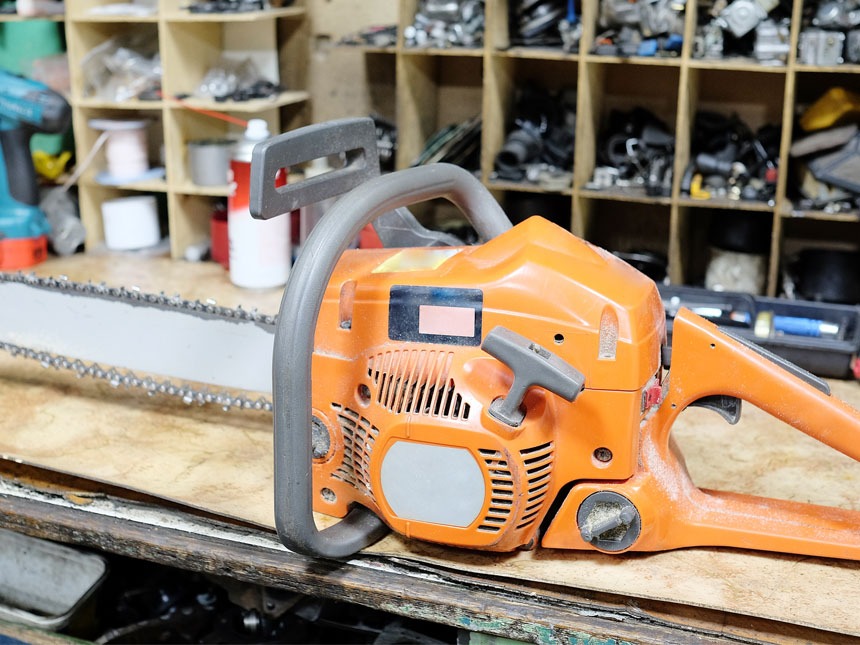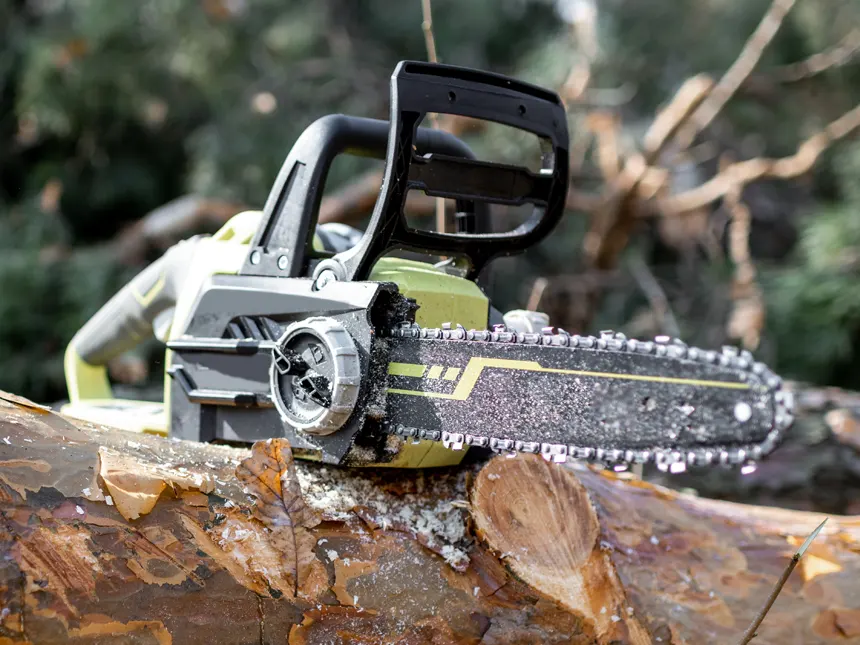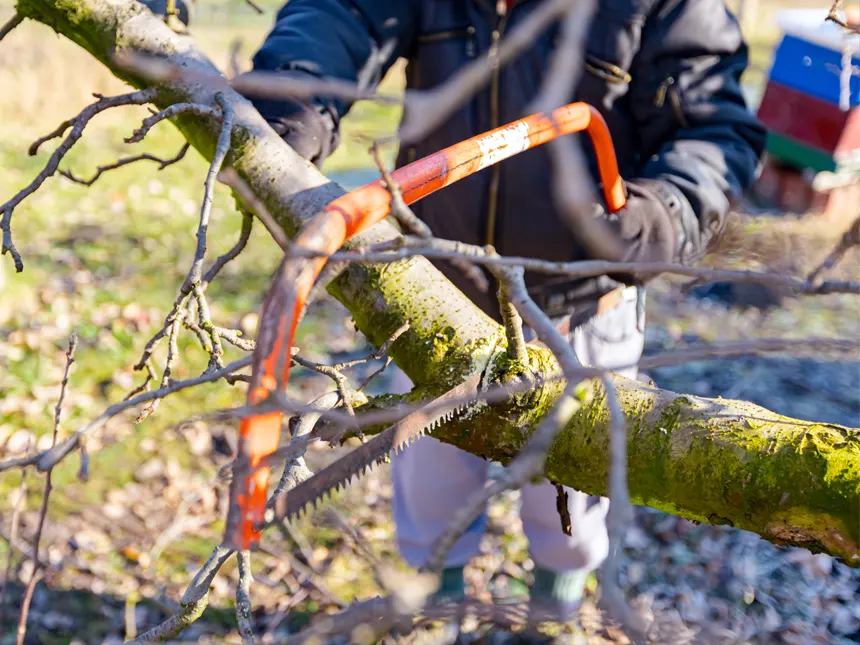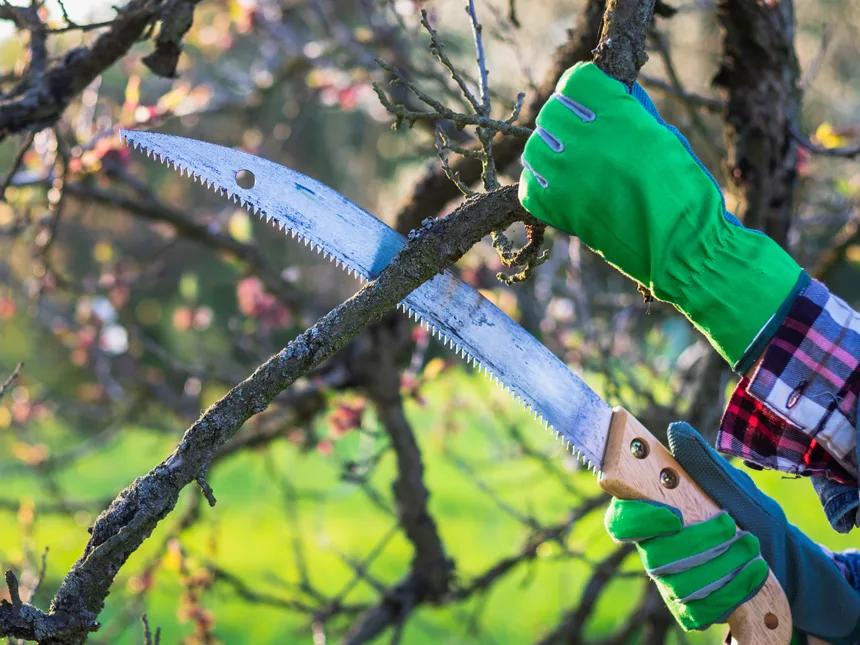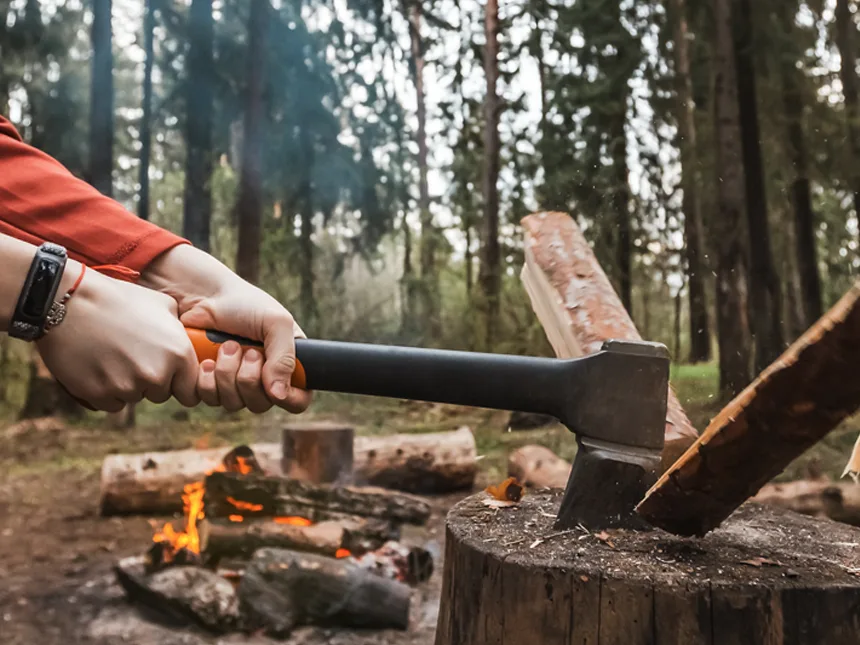The 4 Best Double Bit Axes (Buyer’s Guide)
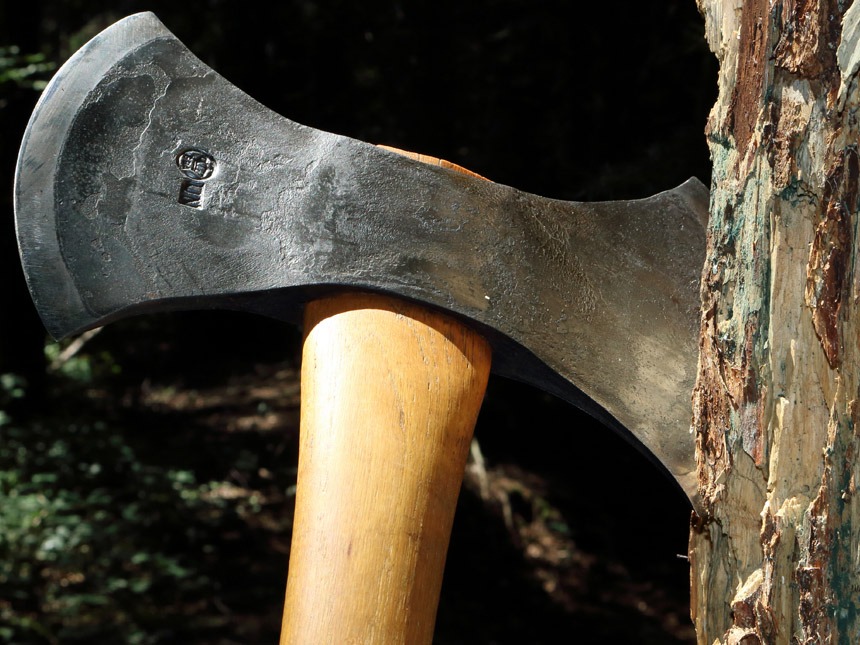
Timber Gadgets is reader-supported. We may earn a commission if you buy through the links on our site.
If you want an axe that’s versatile and will last as long as you do, then the double-bit axe is the right tool. Though the popularity and availability of this axe has long been tied to the lumber industry, it’s a useful tool for anyone looking to cut, chop, or split wood.
Double-bit axes are useful and long-lasting tools with a wide variety of applications and forms. They vary in size, weight, price, and other components.
Keep reading to learn how to choose a quality double-bit axe, what to consider, and our top picks for the best double-bit axes. We’ll cover best value, best overall, and more.
Listed in the table below are the four double-bit axes we’re comparing in this review.
| Image | Length | Head Weight | Brand |
|---|---|---|---|
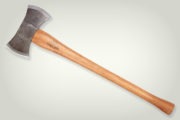 | 34.5″ | 3.5 lbs | Helko Werk (Hinterland) |
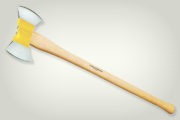 | 35″ | 2.2 lbs | Ochsenkopf (ILTIS) |
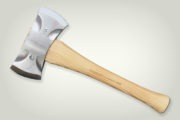 | 16″ | 2.0 lbs | Velvicut (Saddle Axe) |
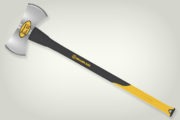 | 35.5″ | 3.5 lbs | Collins (Michigan Axe) |
Table of Contents
How To Choose The Best Double-Bit Axe
There are two primary components to choosing the best double-bit axe: price and intended use. Because of its many uses, double-bit axes are available across most price ranges. Once you’ve determined your budget, consider what you’ll be using your axe for. This will determine what length and weight you need, among other factors.
What To Consider
When choosing the best double-bit axe, consider what you’ll primarily use it for and what characteristics the axe will need to have. Length, weight, materials, construction, and price are all important factors that will determine which double-bit axe you bring home.
For example, a double-bit axe for camping will be completely different than an axe used for landscaping projects. The first involves splitting wood and maybe clearing a small area; the second entails more rigorous work, such as felling small trees and cutting back foliage.
Below, we’ll go over some of the core characteristics of quality a double-bit axe.
Length
A axe’s length affects the amount of effort you have to use and the amount of force you’re able to generate with each swing. Longer axes can be harder to handle and therefore require more effort, but are easier to swing once you begin working. And because of their length, they generate more force as you swing them.
Double-bit axes are larger in terms of overall size and have a longer shaft, typically at least 10 inches but often longer. Shorter versions err towards 15 inches (like a hatchet), while longer ones are closer to 40 inches.
If the majority of your work involves larger-scale projects, such as chopping wood or clearing land, it’s better to look for a longer axe. For smaller projects, shorter axes are more appropriate.
For the greatest versatility, go with an axe whose length falls somewhere in the middle of the spectrum, around 30 inches. These axes are long enough to handle more serious projects, but short enough to remain versatile for more specific tasks.
Weight
Just like the length, weight affects the force you have to apply and are able to create as you swing and use your double-bit axe. The more an axe weights, the more effort you have to apply when using it— but the tradeoff is that you generate more force.
Because of their dual heads, these axes are heavier than single-bit axes. They can weigh anywhere from 3 – 5 Ibs depending on the materials they’re made of.
Weight is often broken down by head weight and total weight. This is because double-bit axes are top heavy, though the disparity in weight between the head and shaft can be reduced by using heavier shaft materials.
Depending on the type of work you’re doing, this weight disparity may not affect you. However, make sure to check both the weights before purchasing if you’re worried about having a double-bit axe that’s too head-heavy.
Five pounds may not sound like a lot of weight, but it can quickly become tiresome when you have to cut down multiple tree or spend hours cutting back bush. Think about what you can realistically handle and what weight you can comfortably and safely wield even after an hour of work.
Materials
Traditionally, double-bit axes have steel heads and wooden shafts. Those this is still a popular design, modern versions feature axes with steel heads and handles made of composite materials, such as fiberglass.
Some axes are even made entirely from forged steel, though these have a material for gripping on the shaft. If you’re looking at these models, make sure the grip material reduces or absorbs shock.
One notable distinction between the two types of materials is their ability to be replaced. Wooden shafts can be replaced if the steel head remains intact. Conversely, an axe made of composite materials will most likely have to be thrown away if it breaks.
If you want the ability to fix your own axe, then you’ll need to look for one with a wooden shaft.
Usually, axes with steel heads and wooden shafts are considered better quality. However, this isn’t necessarily true. Double-bit axes made of composite materials can be just as durable and dependable. The quality and longevity of the materials is often tied to the axe’s construction.
How It’s Made
Double-bit axes are typically made using one of two methods: hand-made or machine-made. The former is associated with higher quality, although the latter is more common.
Hand-made axes, also referred to as hand-forged axes, are more time-consuming and expensive to make. As a result, they’re more expensive. But this method of construction also ensures they have less imperfections, meaning they’ll last longer and are less likely to break.
Drop forging is a popular method for hand-making double-bit axes. Using this method, the axe head is formed by placing it under a mechanically-powered hammer that repeatedly strikes and shapes it. Despite the use of the hammer, axes created using this method are still considered hand-made.
A hand-forged axe is something of great quality. It’s something you can pass down to your kids when properly maintained. I understand, however, not everyone feels this way about tools but it’s certainly something to consider for the right person!
Machine-made axes are by far the most common. This construction method still creates reliable and long-lasting double-bit axes. The attention to detail and materials of the axe will play an integral role in how well it’s constructed and how many imperfections it has.
When considering a machine-made axe, make sure to closely examine the materials used. Read reviews and brand comparisons to see how strong the steel bit is and how long it holds its shape, how easily and comfortably you can grip the shaft, and if the axe breaks easily or within a common timeframe.
Price
A double-bit axe can cost anywhere from under $50 to over $250 (or more). On the lower end of the pricing spectrum, expect to pay at least $150. There may be axes that cost less than this, but keep in mind, the materials are lesser quality. You get what you pay for.
All of the elements we’ve already covered will affect the pricing, though not equally. Generally, longer and heavier axes will cost more than shorter and lighter ones. However, the materials and method of construction may change this.
Axes with a steel head and wooden shaft often cost more than composite material axes, but this in turn heavily relies on whether the axe is made by hand or with machines.
Keep in mind, ‘most expensive’ doesn’t always equate to ‘best option.’ Though more expensive double-bit axes are usually of a better quality than cheap axes, you don’t have to empty your wallet to get a well-made, long-lasting tool.
Our Top Picks For The Best Double Bit Axes
These four axes are all high-quality and perform well according to user reviews. They’re industry staples that have been tested by time and many different applications.
Helko Werk Hinterland Double-Bit Axe
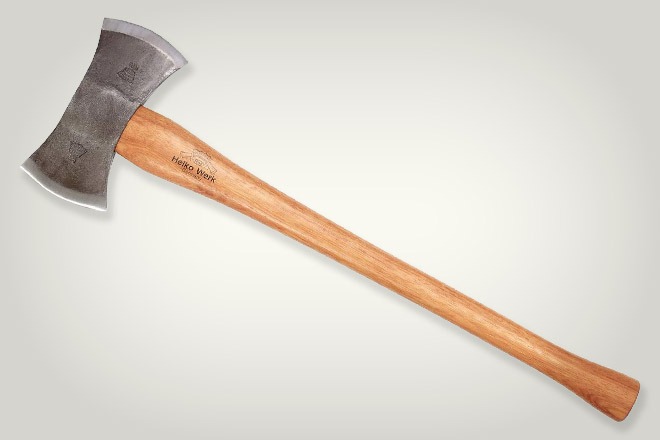
German-made and American-inspired, this double-bit axe has all the trademarks of the traditional axe and the high quality of European craftmanship. It’s guaranteed to reduce cutting friction and improve rust resistance.
This axe is made using sustainably sourced Grade A American hickory and premium grade C50 high carbon steel. The hickory is selected for density and grain orientation, 150 grit smooth sanded and crafted with a boiled linseed oil finish. Similar attention to detail is put into the steel head, which is buffed and polished.
Hand-forged using a drop hammer on open dies with a HRC (Rockwell Hardness) of 53 – 56, the double-bit axe is completed by hanging it with a hardwood wedge and steel ring wedge.
The handle length alone is 30 inches and the bit length adds another 4.5 inches, bringing the total length to 34.5 inches. The head weight is 3.5 Ibs and the handle weighs an additional 1.25 Ibs. Ringing in at 4.75 Ibs total, this makes it one of the heavier models, as well.
It comes with a 1 oz. bottle and Axe Guard protective oil and includes optional upgrades, such as a deluxe sheath, hanger straps, a handle collar, and a sharpening stone and file.
Ochsenkopf OX Twin-ILTIS
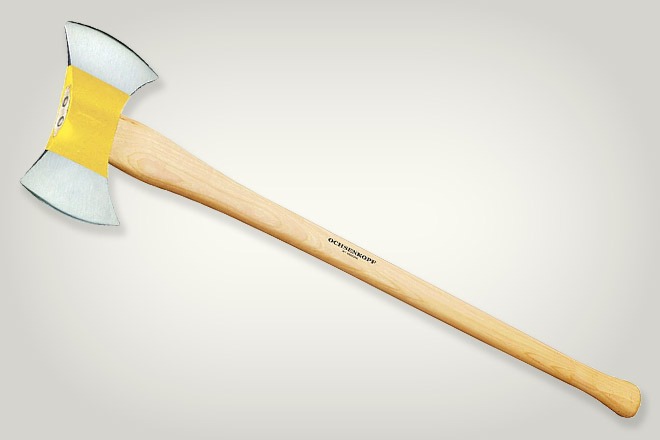
This double-bit axe is one of the top choices for those in the Canadian lumber industry and has recently gained traction throughout America. It works particularly well for debarking, felling, and cultivation and is prized for its ease of use.
It has a uniformly thin blade hardened nearly up to the eye, ensuring effective performance and easy sharpening. The blade itself is made of a high-grade steel that remains viscoplastic even at low temperatures, which means you can use it even in extremely cold weather on all types of hardwood without it breaking.
The axe is machine-made but includes triple clamp construction, creating a strong bond between materials and optimum lifespan. Because of its thin construction, the fine-polished blade can better absorb impact and is less prone to breaking. Such care is evident in the construction of the handle, as well, which is rounded for extra comfort.
The head weighs 2.2 Ibs and the handle roughly weighs another 2 Ibs, bringing the total weight to 4.24 Ibs. The length of the axe is approximately 35 inches long. Together, this light head and long handle create a more ergonomic experience, providing you with greater cutting power without requiring extra effort.
Velvicut Saddle Axe
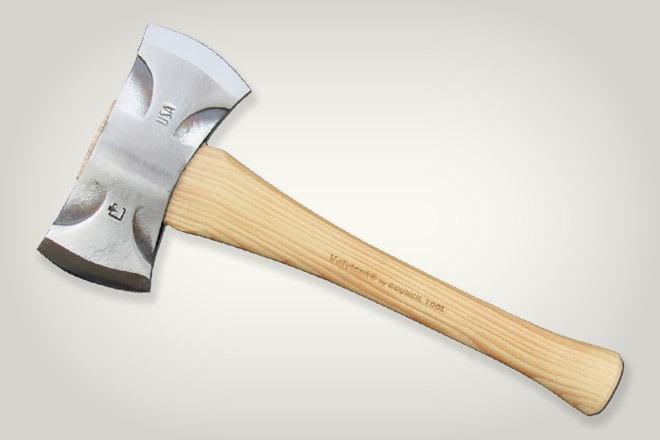
If you’re looking for a more compact double-bit axe with all of the same abilities, the Velvicut premium saddle axe is the perfect choice. Despite being one of the smallest contenders on this list, it packs an impressive punch in terms of its versatility and longevity. Deliberately crafted to handle a wide range of woodworking, this tool is the embodiment of ‘big things in little packages.’
It’s drop-forged using 5160 steel and hickory. The head is heat treated, tempered, and finished with a flat grind on each blade bit to create versatile, strong cuts. The left blade has a sharp 25 degree flat grind, making it optimal for cutting, shaving, and carving. On the right side, a robust 32 degree flat grind is perfect for notching, splitting, and heavy-duty woodworking.
It features American Pattern sports phantom bevels to reduce surface friction, promote deeper bites, and create a smooth retrieval from wood.
One of the lighter and shorter designs, this model lives up to its namesake as a saddle axe. It’s 2 Ibs total and has a 16 inch handle. At just over a foot in length, it’s easy to carry and can fit in most backpacks, totes, and other carrying cases.
As an added safety feature, it comes with a leather double-bit blade cover.
For those of you familiar with axes, you’ll recognize the brand name “Council Tool”. It’s an American company mostly known for its more affordable tools. In recent years, however, Council Tool released a series of “Velvicut” axes. This line of axes and hatchets are, in my opinion, of similar quality to the well-known, hand-forged axe manufacturers (Helko Werk, Hults Bruk, Wetterlings, etc).
Collins Double-Bit Michigan Axe
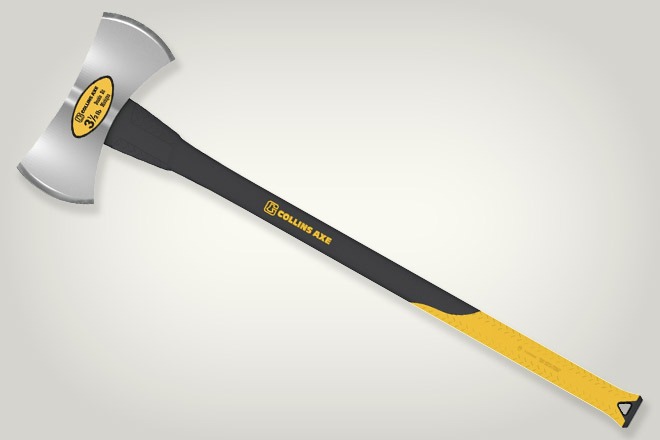
For those who are hesitant about getting a double-bit axe and want to test its effectiveness before investing in a pricier model, the Collins double-bit axe is an excellent choice. For around $50, it’s a reliable tool at a reasonable price.
This machine-made axe is constructed from high carbon steel and has a double-injected fiberglass handle. Because of the materials, there is a weight disparity and the axe is notably top-heavy. This doesn’t make it lighter than the other options on this list, but may create an easier swing motion.
The head weight is 3.5 Ibs and the handle only adds another 1.5 Ibs approximately, bringing the total weight to nearly 5 Ibs (4.95 Ibs, to be precise). It’s 35 inches long and ideally suited for quick cutting.
For the price, the quality of the steel is notable and while you can’t replace the handle if it breaks, fiberglass handles are sturdy and dependable. Just don’t leave the handle too close to your campfire.
Why Use A Double-Bit Axe?
Double bit axes can be used for a wide variety of woodworking, including cutting, chopping, and splitting. They are suitable for both small-scale projects, such as splitting firewood, to large-scale projects, such as felling trees.
These axes are prized for their design. Double-bit axes can be used for a far greater range of tasks and are able to stay sharper for longer periods of time than single-bit axes.
For those who need a multi-purpose tool, the best method is to keep one head’s cutting edge sharp and the other duller; this allows the former bit to be used for cutting or chopping and the other to be used for splitting.
For those who need a long-lasting tool, the best method is to keep both cutting edges sharp. This way, when one side eventually dulls from the cutting and chopping, users can simply switch to the other bit and continue working.
Either way, the double-bit axe is a superior tool for the same job than most other axes.
Final Thoughts: The Best Double Bit Axe For You
Double-bit axes are the workhorses of the axe world: they’re reliable, durable, and long-lasting. Though perhaps not as flashy as some of the specialty axes, they effectively and efficiently perform at a variety of tasks.
Their wide range in sizes, weights, and lengths mean that they can be applied for both light and heavy-duty projects, from simply clearing a campsite to felling trees.
Now that we’ve covered our choices for the four best double-bit axes, here are our picks for the best of the best:
- Best Overall – Helko Werk Hinterland Double-Bit Axe
- Best Budget – Collins Double-Bit Michigan Axe
The Helko Werk model is a beautifully crafted double-bit axe that combines high quality materials with a stunning performance. If you’re willing to invest more money upfront, this axe will more than prove its value in the years to come.
If you’re looking for a more versatile axe that can be used for just about anything and everything, the Velvicut saddle axe is the right model for you. It has twice as many applications and half the bulk of the other three choices on this list.
And for those interested in a more budget-friendly option, the Collins fiberglass model is the right choice. Despite its lower price, this axe is just as powerful as the Helko Werk and Ochsenkopf options, though it may not last as long.

